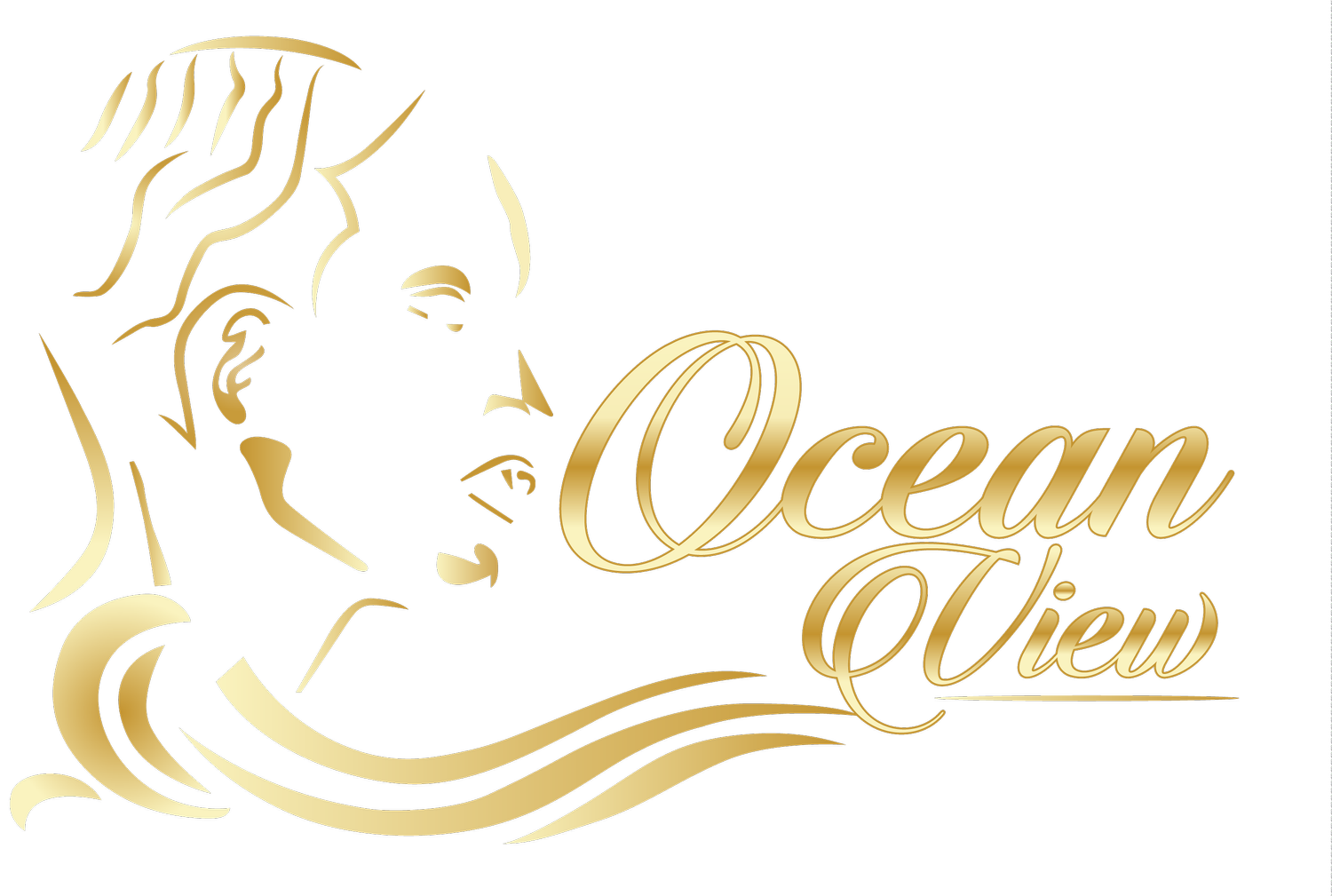History of Durags
History of the durag
The durag has been a staple in the black community for decades, but its popularity has exploded in recent years. There are a number of theories about the origins of the durag, but the most likely story is that it was first worn by African-American laborers in the early 20th century. These workers would wear durags to protect their hair from the dust and dirt of the work site. Over time, the durag became a symbol of black culture and pride, and it is now worn by people of all races and backgrounds. The cultural influence of the durag is more incident than you might think - so next time you see someone wearing one, take a moment to appreciate its history.
What is a durag?
A durag is a type of headwear that is often worn by people with dreadlocks or braids. It is typically made from a textile such as silk, velvet, or another type of fabric, and it helps to keep the hair in place while sleeping. Durags are also used to accelerate the development of waves in the hair, and they can be helpful for preserving the wave pattern. In recent years, durags have become increasingly popular as a fashion accessory, and they are often seen in a variety of colors and styles. Whether you wear a durag to keep your hair in place or to make a fashion statement, there is no doubt that this piece of headwear has become an important part of many people's lives.
Where They Originate From?
Back in the day, durags were mainly worn by African American women slaves to keep their hair in place. But during the Harlem renaissance in the 1930s, people started using them to maintain Hairstyles. By the late 1960s, after the Black Power Movement, durags had become a leading fashion statement among athletes, rappers, and other men. However, in the 2000s they lost some of their public popularity in certain areas but not everywhere. Thanks to rappers like A$AP Ferg and Meek Mill, as well as various other celebrities, durags have made a comeback in recent years. Nowadays they're worn by people of all ages and genders as a fashionable accessory. They come in different colors and fabrics, so there's a style for everyone.

